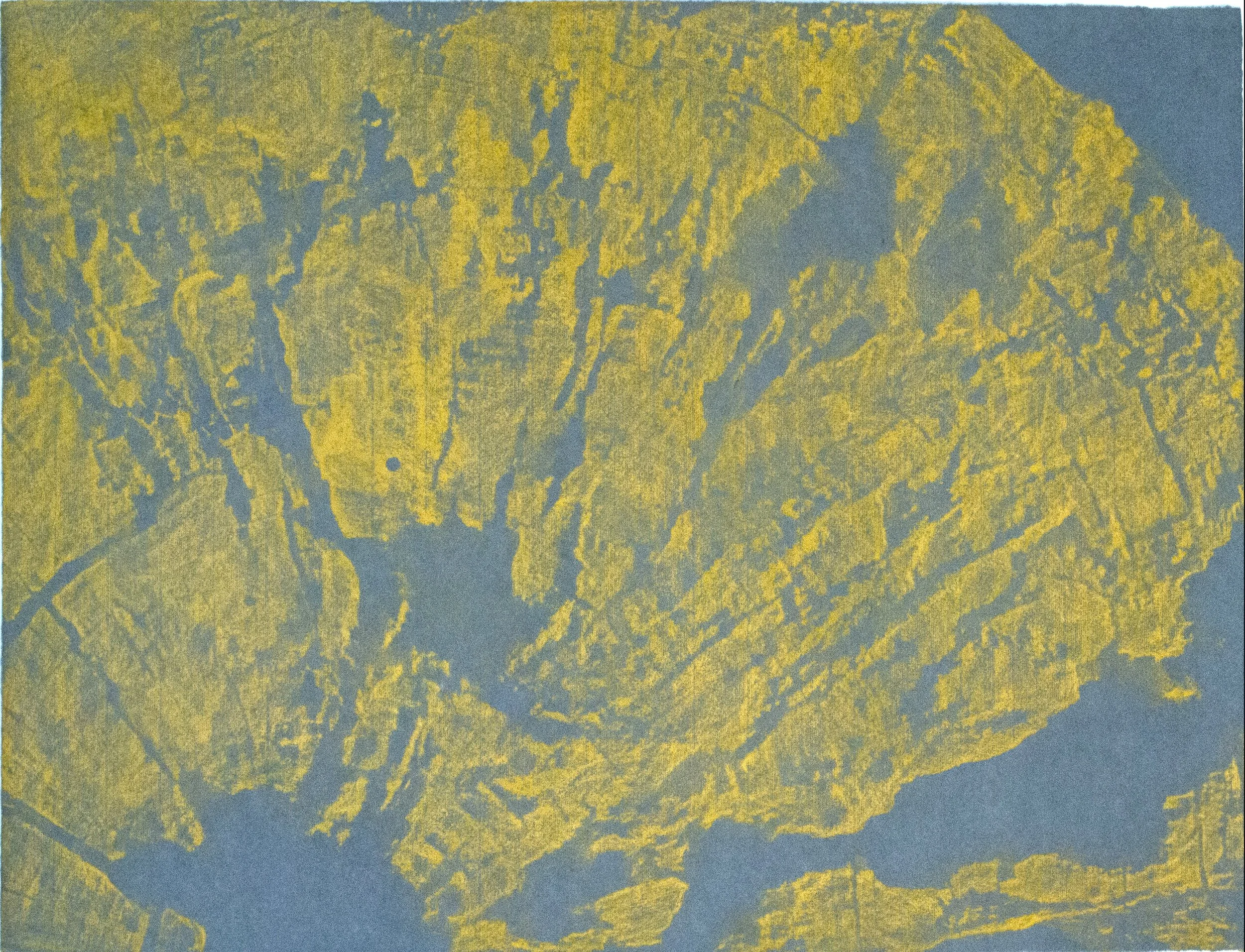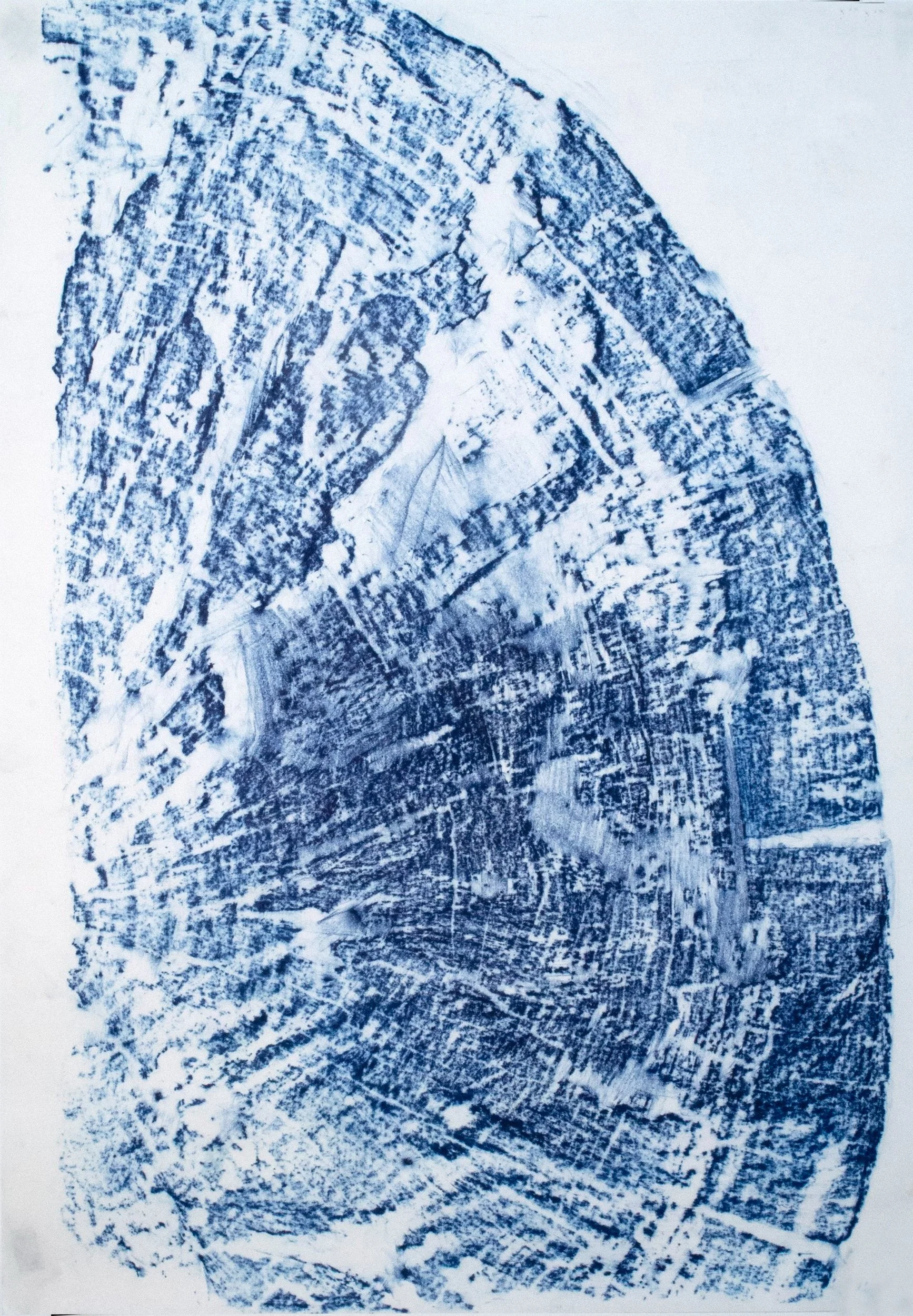Ravensbrück was the largest concentration camp for women in Nazi Germany. Located north of Berlin, it operated between 1939 and 1945 as a forced labor camp. Tens of thousands of women were imprisoned there—political prisoners, Jews, Roma, so-called “asocials,” and others. After the war, the site was taken over by the Soviet Army and transformed into a military base for the GDR. Today, Ravensbrück has become a museum memorial site.
The Poplar Tree Avenue- a sub camp within the main camp the was a place called “The Tent” was functioned as a prison for Jewish women and their children perished as a result of systematic neglect, through starvation, illness, and unbearable living conditions.
I approach the trees along these area as both physical and symbolic carriers of memory.Using techniques from printmaking, I extract imprints from the tree stamps. These tree prints function as silent testimonies, offering a non-verbal archive. My practice blends artistic research, forensic thinking, and memorial work, aiming to access overlooked layers of historical evidence through natural elements that remain rooted in the place.








